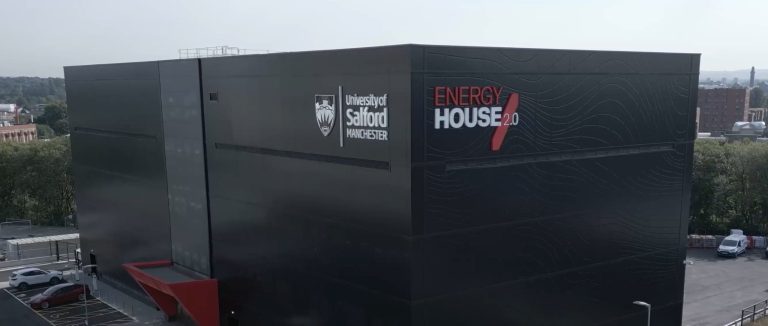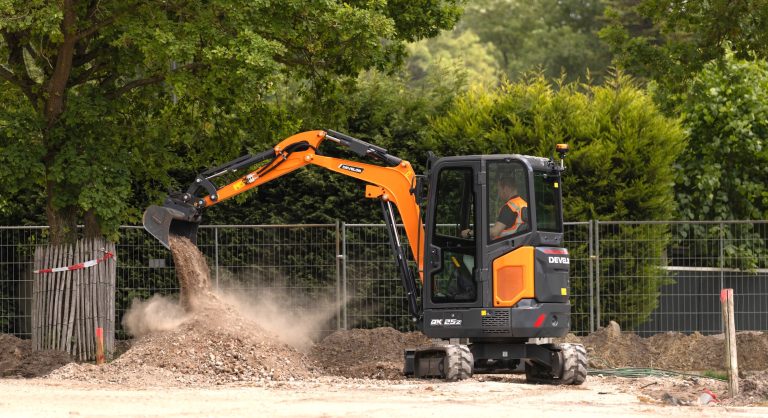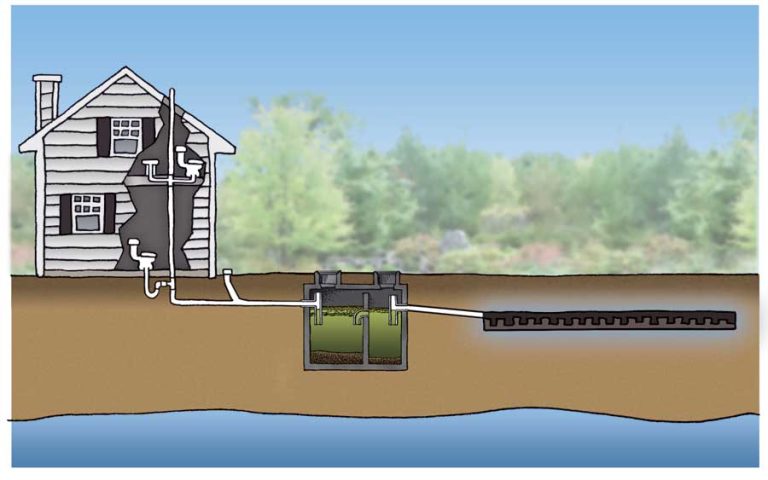If you’re finding it harder than ever to stay on top of your fleet operations, you’re not alone. From missed maintenance checks to scattered (or even lost) paperwork, the headaches often appear in the same places. Whether you manage vans, HGVs, or specialist vehicles, poor oversight can quickly snowball into non-compliance, downtime, or unnecessary cost. The good news? Fixing your visibility and control doesn’t require a complete overhaul. You just need to know where the issues start and what tools can help you regain control. In this article, we’ll walk through the most common breakdown points in fleet oversight and share where to focus your attention first. 1. Maintenance Records That Are Scattered or Missing Maintenance oversight is the first thing to address. If your servicing logs are spread across emails, whiteboards, paper folders, or multiple Excel files, it’s far too easy for vehicles to slip through the cracks. A missed inspection or late repair puts your operator’s licence at risk. Poor record keeping is one of the most common causes of Public Inquiry in the UK and Ireland. Solution:Adopt a dedicated fleet maintenance software system. This gives you a central place to log inspections, store service history, and automate reminders for upcoming work. Instead of chasing paperwork, your team will always know what’s due, what’s done, and what needs attention. 2. No Clear View of What’s Happening Across Your Fleet Whether your vehicles are out for delivery, parked at a depot, or in the workshop, you need accurate and up-to-date information to make the right decisions. Many operators still rely on verbal check-ins, text messages, or rough estimates to understand the condition or availability of their fleet. This lack of visibility creates gaps in planning, slows down your response to issues, and makes reporting a real challenge. Solution:Use a fleet management software platform that gives you a live overview of your entire operation. The right system will show you vehicle status, upcoming compliance deadlines, inspection records, and driver activity — all from one dashboard. You’ll gain the clarity needed to allocate resources better, plan jobs with confidence, and stay ahead of problems. 3. Workshop Jobs and Repairs Aren’t Being Tracked Properly If you manage your in-house workshop or work closely with external providers, you’ll know how easy it is for job cards to get lost or records to go missing. Without a system to assign jobs, track progress, and sign off on work, it’s nearly impossible to prove your fleet is roadworthy at all times. This can leave you vulnerable if something goes wrong. Solution:Switch to a workshop software tool that digitises your job management. It should allow you to raise job sheets, track technician activity, log parts used, and store completion reports — all in one place. You’ll create a full audit trail for every repair or service, making your records bulletproof when facing compliance checks or audits. 4. Driver Walkaround Checks Aren’t Being Logged Consistently Daily vehicle checks are a legal requirement for HGVs and PCVs, and best practice for vans and other fleet types. But even when drivers complete them, the reports often end up on the wrong desk or buried in paperwork. If a defect is found and not reported promptly, it could escalate into a serious issue. And if there’s an incident, missing walkaround records can put your business in a difficult position. Solution:Use a digital driver app to complete and store daily checks. The best apps allow drivers to log issues instantly, upload photos, and alert the right person in real time. A good fleet management platform will connect this directly with your defect reporting process, helping you resolve issues quickly and maintain accurate records for compliance. 5. Your Team Is Drowning in Admin and Repeating Work When you rely on manual processes, admin can eat up your team’s time. That includes logging the same information in multiple places, chasing paperwork, or reconciling outdated spreadsheets. This not only wastes hours each week but also increases the risk of duplication or error. Solution: Automating your admin with modern fleet software can free up valuable hours. Look for features like digital document storage, automatic reminders, real-time syncing, and mobile access for drivers and technicians. Instead of firefighting problems, your team can focus on prevention, planning, and performance. Final Thoughts If fleet oversight is causing stress, inefficiencies, or compliance worries, it’s usually because key information is missing, delayed, or unclear. You don’t need to overhaul everything at once, but you do need to start with the right foundations. Centralising your maintenance, management, and workshop records is the fastest way to take control. By addressing these five problem areas, you’ll gain better visibility, reduce risk, and create space to grow. Whether you manage five vehicles or 500, improving oversight starts with the systems you rely on. About Fleet Fixation Fleet Fixation is a smart, practical solution for transport teams across the UK and Ireland. Our platform supports everything from driver walkaround checks and service schedules to workshop repairs and compliance reporting. Trusted by operators, transport managers, and mechanics alike, Fleet Fixation helps you keep every vehicle roadworthy, every driver informed, and every record audit-ready. Explore their state-of-the-art services to see how they can support your team.














